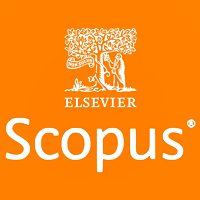
This article is an open access article distributed under the terms and conditions of the Creative Commons Attribution license (CC BY).
ORIGINAL RESEARCH
Comparative analysis of metallic endovascular coil frame designs
1 Meshalkin National Medical Research Center, Novosibirsk, Russia
2 Novosibirsk State Medical University, Novosibirsk, Russia
Correspondence should be addressed: Elena V. Chepeleva
Rechkunovskaya, 15, Novosibirsk, 630055, Russia; ur.niklahsem@avelepehc_e
Funding: the study was conducted as part of the Russian Science Foundation project No. 25-15-00480.
Author contribution: Chepeleva EV — data analysis, manuscript writing and editing; Kozyr KV, Borodin VP — experimental procedure, data analysis, visualization of findings; Khakhalkin VV — study concept and design, data analysis; Vladimirov SV — experimental procedure, data analysis, visualization of findings; Makhmudov MA, Badoian AG, Baranov AA — technical support, data validation, graphics design; Krestyaninov OV — general research management, coordinating work, editing and approval of the final version of the manuscript.
Currently the development of the production of domestic medical devices is of special importance in the context of ensuring the healthcare system sustainability. Leveraging international experience in developing embolic coils, while considering the capabilities of Russian production, will enable the creation of devices that meet global standarts. The study aimed to conduct systematic evaluation of six endovascular coil models from leading foreign manufacturers and perform comprehensive assessment of the design features of the metal coil frames, including analysis of geometrical dimensions, materials used, and engineering solutions. Based on our findings and a comparison with clinical and experimental literature data we determined the optimal parameters for creating the coil prototype: the wire diameter 0.07–0.12 mm, coil-core type interlock mechanism, and atraumatic polymer tip. These solutions ensure the optimal combination of performance characteristics and manufacturability. The findings provide the basis for the development of domestic analogues meeting the today’s clinical requirements, considering the available production capacity.
Keywords: endovascular coils, vascular embolization, vascular surgery, shape memory materials, production technologies
